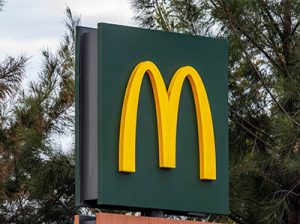When moving your brand to new international markets, researching not only linguistic differences but also colours is a big ‘Do’.
Below you’ll find a few examples of the difference in symbolism in different countries and the importance of good localization techniques.

A subtle colour used mostly for accents in branding. It represents purity and cleanliness in many countries.
In some countries, like Japan and Indonesia, it is the colour of mourning and sadness.

Most used colour for international brands. Why? It has broad appeal by conveying positive attributes like trust, professionalism and security.
On the flip side, in some countries it represents sadness or depression.

In the West, orange represents energy, excitement and adventure and is generally a positive colour in many lands.
However, in the Middle East, orange is the colour of mourning and loss, and in Northern Ireland it has negative political connotations (see example).

Do your research when using red in some countries. In China, it’s good luck, so used for weddings and celebrations.
It symbolizes mourning and bloodshed in wars in South Africa. Western countries see it as excitement, passion and danger.
Localization Fail: Orange
Telecomm giant Orange ran a campaign in 1994 in Northern Ireland using the slogan: ‘The future’s bright… the future’s Orange.’ Sounds innocent enough, right? However, the campaign wasn’t performing as well as Orange had hoped until they researched the association the Northern Irish have for orange. It wasn’t the colour or the company but a protestant-operated organization called Orange Order. The campaign was inadvertently suggesting the future lies in protestant Britain. For the pro-separatist Catholic region of Northern Ireland, this brought up strong emotions and an aversion to this brand.
Not doing research on their brand in this specific market led to distrust and a major loss of revenue.


Localization Success: McDonald’s
When McDonald’s, the fast-food franchise, wanted to start opening across Europe, they took a look at how the colours in their logo would be perceived. In the US, the brand used red and yellow. To appeal to the European market, they substituted the iconic red for green.
What was the reasoning behind this decision? From their research, it showed that Europeans in general are more concerned with health and environment. Green was a better representation of this. Today, McDonald’s generates the most revenue of all the fast-food chains in Europe and is the most recognizable.
Easy conclusion: getting to know and studying new markets before they entered majorly paid off.

Want to make sure your message hits your target – in any language? Yet not sure where to start exactly with localization?
Here are 5 Do’s and Don’ts that you need to know.

